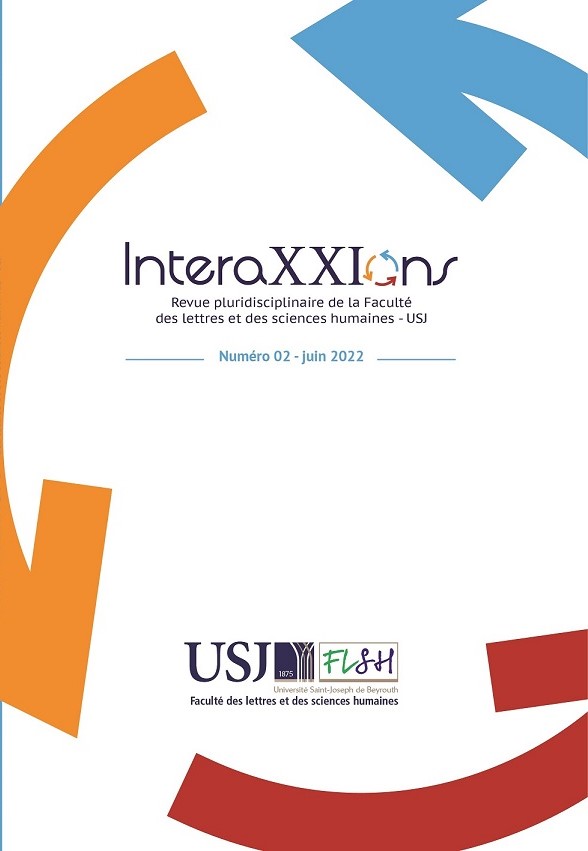Abstract
Do not think about the disaster. Do not think about the trauma. To see them, to see them again, work on your memory to have a safe conscience. And maybe a healed one. Because how can we forget the explosion at the port of Beirut on Tuesday, August 4, 2020? Or rather the real question is: how can we not forget the horror and the power of evil, who is the unpunished agent? It is about providing some answers to heal the trauma based on an approach that is literary, historical and philosophical.
We are inspired by Hiroshima mon amour (Marguerite Duras), scenario adapted to the screen by Alain Resnais. What does “Tu n’as rien vu à Hiroshima” signify? Or in Beirut? What are the multiples meanings of each of the words in the sentence?
From a historical perspective, we explain the theory of Paul Ricœur which connects the memory, the history and the forgetting, to free the cathartic functions of what he calls obligatory memory, as opposed to the two other types of memories, prevented and manipulated. The study examines the political carelessness and incompetence of the Lebanese state, which has failed to grasp the need for mourning and the imperative of justice.
We end up with what engages us in a post-traumatic process: awareness and ethical responsibility. The reflection is based on the concepts of Solzhenitsyn, Camus, Levinas and Grossman. By putting himself at the service of truth and otherness, the philosopher re-establishes the hierarchy of values and allows the citizen to assume the tragedy, and above all, to act in a double movement of lucidity and solidarity.

